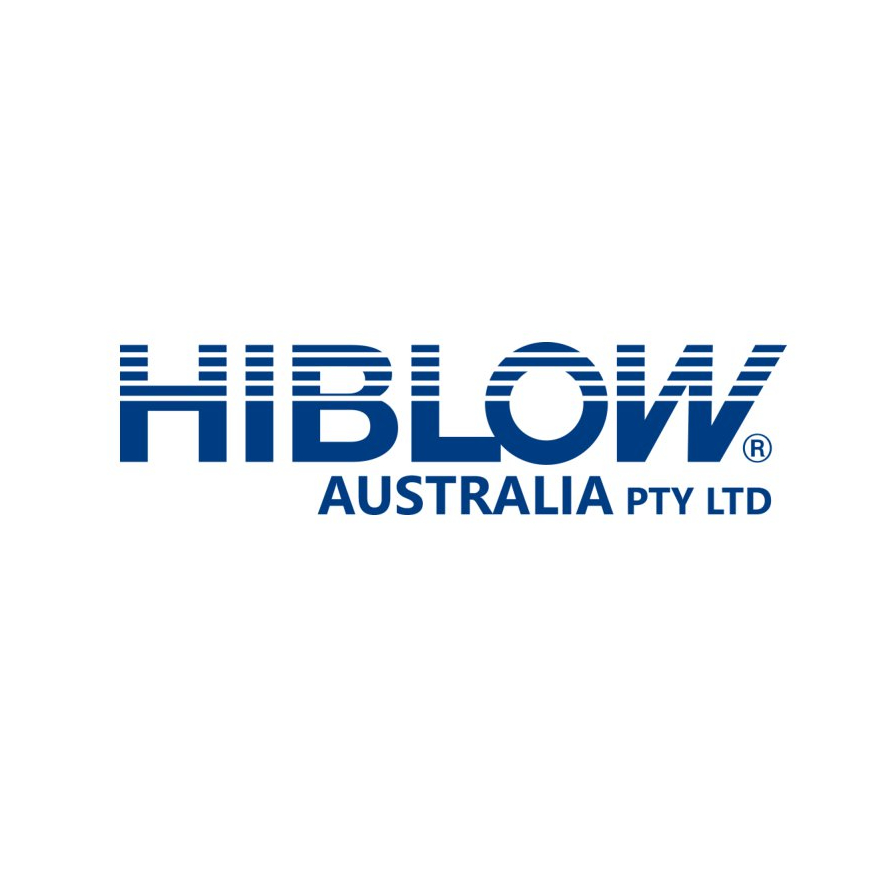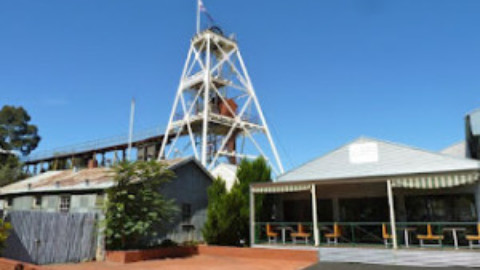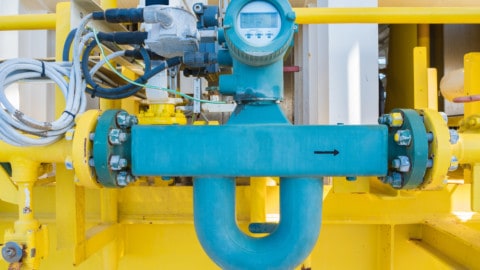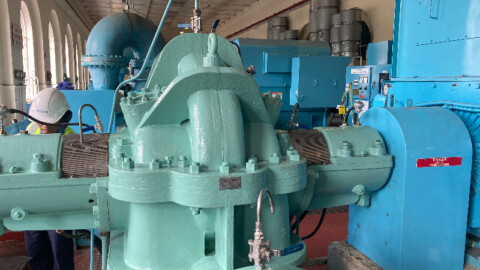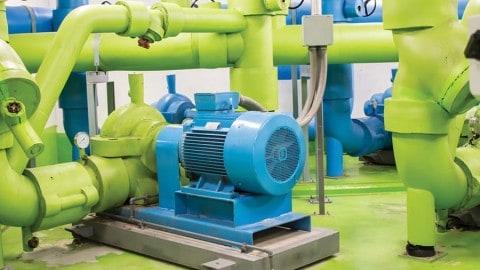The installation of a solar diesel hybrid irrigation bore pump on a Central West NSW farm has led to big cuts in fuel costs, greater irrigation efficiencies and a massive reduction in greenhouse gas emissions.
Attracted by the drop in the price of solar panels in recent years and the prospect of the system paying for itself in less than four years, Andrew Gill and his family decided to install a solar diesel hybrid system at one of the pump sites on their Narromine farm.
The move has led to a cut in pumping costs from $76/ML to $41/ML, and slashed diesel use by between 45,000 and 55,000 litres a year. Over 25 years, that equates to a saving of more than 1 million litres of fuel and a reduction of over 3000 tonnes in carbon emissions.
CottonInfo Technical Lead Jon Welsh and Research Economist Janine Powell worked through project economics costings and carbon emissions profiling with the Gill family during feasibility.
“If potential productivity gains and environmental benefits exist, we need to share this technology and information with industry,” Mr Welsh said.
Mr Gill said while the environmental achievements were important, the clincher was the economic viability of the project which promised a quick return on investment.
“Diesel prices are the lowest they have been in 12 to 13 years, but it is not going to be cheap for the next 20 years, it is only going to go one way, and that’s up,” Mr Gill said.
“Solar is a way for us to have a better handle on what our input costs are going to be throughout the next 20 years of production. It is not often you can get that.
“For people who can use solar energy every day it is just mad not to do it.”
The Gills run sheep and cattle, and grow summer and winter dryland and irrigation crops, including 300 hectares of cotton each year.
They have no access to river water, only bore water. Their irrigation pumping system has traditionally been run exclusively by diesel pumps.
“For the past few years we have been trying to get better fuel efficiency out of our diesel turbine pumps,” Mr Gill said.
“We found our turbines were at their highest efficiency point already. We couldn’t really achieve much more efficiency, so we looked at cheaper ways to get the water out of the ground.”
They decided to install the solar diesel hybrid system at one of their bore sites that provides year-round pumping into a large irrigation reservoir.
The new installation consists of 400 solar panels on four banks, producing 100 kilowatts of power to run a 55kW submersible pump that is being driven by a 70kW variable frequency drive.
Being a hybrid system, the pump is run on solar energy when there is sufficient irradiance from the sun, then switches to a diesel generator when the irradiance falls away.
“The diesel is more than just a backup. It allows the pump to run 24 hours a day in the peak pumping time,” Mr Gill said.
“The generator runs for about 14 hours a day when 24 hour pumping is required, but it also allows us to pump in a more cost effective way during the shoulder periods when the solar is not at maximum capacity, like first thing in the morning and in the early evenings.
“It is during these shoulder periods that we are able to blend the partial solar power with the diesel generator to pump water at a fraction of the diesel cost per megalitre.”
Mr Gill said he was continuing to look into ways to fine tune the system and improve its efficiency.
“We are planning to pump with solar over the winter but also using the generator to capture the shoulder periods to have our reservoir full for the start of the summer watering period. We might be more inclined to irrigate wheat (in the winter) if the water is on-hand and a bit cheaper. With real time monitoring data through the 3G network we can watch our groundwater levels, troubleshoot remotely and quantify our diesel inputs far more accurately. It gives a lot more options.”
Likewise, he is weighing up the option of adding full battery storage to the system.
“It is a bit too expensive at the moment for what we are doing,” Mr Gill said.
“With the leftover energy we can produce through the day we can only really power about four extra hours a night of pumping production. With current storage prices that would be somewhere between an eight and 10-year payback which is too far out for us at the moment.
“But battery storage prices are coming down. We are looking to see if there is a way of incorporating some battery storage into our system to stop the solar fluctuations through the day.”
Convinced that solar is the way of the future, Mr Gill plans to introduce more solar pump stations throughout the farm.
This project has been supported by funding from the Australian Government.
This case study was originally published by the cotton industry’s extension program, CottonInfo. To view more irrigation case studies, visit www.cottoninfo.com.au, or contact CottonInfo Technical Lead Jon Welsh on 0458 215 335 or [email protected].



